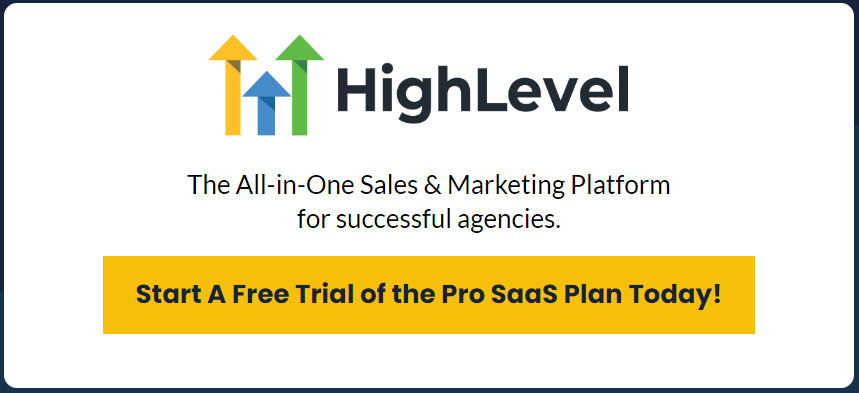Smooth Transition to SaaS Success: Insights from Established Agencies When embarking on the journey towards SaaS success, gaining insights from those who have already paved the way can be invaluable. In this blog post, we delve into the experiences of established agencies as they transitioned seamlessly into the realm of Software as a Service (SaaS). Their collective wisdom, garnered through trial and error, offers a treasure trove of knowledge for those seeking a smoother path to succeed in the SaaS industry. Heeding their advice and learning from their successes and challenges can be the key to unlocking your own agency’s SaaS potential. So, let’s delve into the world of accomplished agencies and explore the secrets to their triumph in the ever-evolving landscape of SaaS.
Smooth Transition to SaaS Success: Insights from Established Agencies
Introduction
In the ever-evolving digital landscape, software-as-a-service (SaaS) has become a game-changer for businesses across various industries. SaaS offers a multitude of benefits, such as flexibility, scalability, and cost-effectiveness. However, transitioning from a traditional agency model to a successful SaaS business requires careful planning and execution. In this article, we will delve into the insights shared by Roxanne Ray, a seasoned expert in the world of SaaS and HighLevel, as she provides valuable strategies and tips for a smooth transition to SaaS success.
Building an Initial Beta Group
One of the key strategies for a seamless transition is building an initial beta group. Roxanne Ray emphasized the significance of gathering a group of early adopters who can provide valuable feedback and insights during the development and launch stages. These beta users can help identify and address any flaws or issues, ensuring a polished product for the market.
Some steps towards building an effective beta group include:
- Identifying potential beta users from your existing client base or network.
- Creating a mutually beneficial relationship with the beta users, such as offering exclusive access or discounts.
- Encouraging beta users to provide regular feedback and communicate their experiences openly.
Transforming Beta Users into Affiliates
While the beta group serves as a crucial testing ground, it also presents an opportunity to transform these users into affiliates. Roxanne advises turning satisfied beta users into advocates who promote your SaaS product to their networks. This organic word-of-mouth can significantly boost your reach and credibility.
To transform beta users into affiliates:
- Offer incentives, such as referral commissions or rewards, for successful referrals.
- Provide marketing materials, such as banners or social media graphics, to make it easy for affiliates to promote your product.
- Implement a tracking system to monitor the effectiveness of affiliate efforts.
Launching an Engaging Internal Gamified Affiliate Program
To further amplify the impact of affiliates, Roxanne suggested launching an engaging internal gamified affiliate program. By incorporating elements of gamification, such as leaderboards and rewards, you can motivate your affiliates to actively promote and generate more leads for your SaaS business.
Key elements for an effective gamified affiliate program:
- Clear and attainable goals that align with your business objectives.
- Engaging rewards and recognition for top-performing affiliates.
- Regular updates and communication to keep affiliates excited and informed.
Sunsetting Outdated Programs and Offers
As you transition to SaaS, it is essential to assess and sunset any outdated programs or offers that no longer align with your new business model. Roxanne highlighted the importance of streamlining your offerings to focus on your SaaS product and its core functionalities. This ensures that your resources and efforts are concentrated on the most valuable aspects of your business.
Consider the following steps when sunsetting outdated programs:
- Analyze the performance and relevance of each program or offer.
- Communicate the changes to your existing clients and provide alternatives if necessary.
- Update your marketing materials and website to reflect the new direction of your business.
Cultivating the Right Mindset for a Successful Launch
Lastly, Roxanne stressed the significance of cultivating the right mindset for a successful SaaS launch. Transitioning from an agency model to SaaS requires a shift in perspective and approach. It is crucial to embrace change, adapt to new technologies, and continuously innovate to stay ahead in the competitive SaaS landscape.
To cultivate the right mindset:
- Stay informed about the latest trends and developments in the SaaS industry.
- Foster a culture of experimentation and learning within your team.
- Embrace feedback and continuously improve based on user input.
Conclusion
Transitioning from an established agency to a successful SaaS business may seem daunting, but with the right strategies and mindset, it can be a rewarding journey. Roxanne Ray’s insights on building an initial beta group, transforming beta users into affiliates, launching an engaging gamified affiliate program, sunsetting outdated programs, and cultivating the right mindset provide valuable guidance for agencies seeking a smooth transition to SaaS success.
FAQs
- How can I identify potential beta users for my SaaS product?
- What incentives can I offer to transform beta users into affiliates?
- How can gamification enhance my affiliate program?
- What steps should I take to sunset outdated programs or offers?
- How can I foster a culture of innovation and adaptability within my team?


